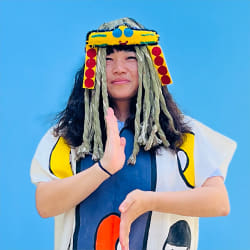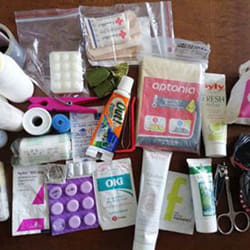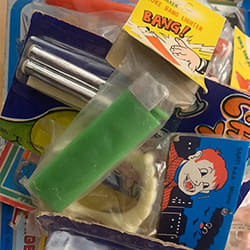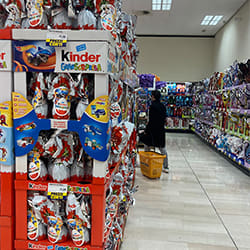

Things like regular anti-fever and headache medications are available on the shelves, so you can choose for yourself before buying them, but you have to ask for pharmaceutical drugs that require a prescription at the counter. There is always a pharmacist in the store.
In Brazil, your doctor will write a prescription for you if you have to take medication after you have had a consultation or are discharged from hospital. Hospitals don’t provide those medications. The prescription must have 2 pages, one is your own copy and the other is the copy for the pharmacy. Lately, Brazilians have been able to choose to have consultations with doctors online, and the doctor will email you your prescription. You then email the prescription to the pharmacy, where the pharmacist checks it and dispenses the medication for you. Medications that require a prescription have a red strip on the box and the words “Prescription Only Medication”.
Medications that are more strictly controlled have a black stripe. They need a special prescription and information like the patient’s ID number, address, and phone number.

Generic medications became available in Brazil in 1999. These are medications manufactured and sold after the patent on the original medication has expired. Currently there are 96 generic medication manufacturers. The benefit of generic medications is that they are cheaper. Some of them only cost 35% of the price of the original medication, which buyers appreciate.
When you ask for medication at a pharmacy counter in Brazil, first you will be asked if you are registered at that pharmacy. If you are registered at the pharmacy you regularly go to, there may be a small discount, depending on the medication. They will also give you a list of products discounted on that day only. Those lists include daily necessities like toothpaste and wet wipes.
You can also use the pharmacy app to check what’s on the discounted product list.
And you can register with the manufacturing company and sometimes get a small price reduction on high-cost medications. The pharmacy staff will complete registration for you on the spot, which is a big help.

A red “Farmacia Popular” (“People’s Pharmacy”) sign means that the pharmacy dispenses medications for asthma, high blood pressure, diabetes, osteoporosis, and contraception at no charge. Of course you need to be registered beforehand, and you have to show your prescription. The Brazilian government set up a system to pay for about 90% of the price of adult diapers as well as medications for nose inflammation, Parkinson’s disease, glaucoma, and high blood fat.

Pharmacies also have collection points for medications that are unused or have passed their expiry date. You can also dispose of medication boxes and information sheets. This initiative aims to prevent environmental pollution by medications.
Every year most pharmacies run pre-winter campaigns to collect donations of secondhand clothing, blankets, and winter clothing. One pharmacy chain collected 83 tons of clothing across all its stores.

Bioré products have been available for a few years now. They are imported, so they are expensive, but I keep an eye out for specials and buy them then.

You can get different varieties of Colgate toothpaste like charcoal and mint, coconut and ginger, and citrus and eucalyptus. I have tried citrus and eucalyptus. It feels refreshing. The charcoal and mint toothpaste itself is black with a white stripe. I often think about trying it, but never actually buy it. Is it just me who thinks black toothpaste doesn’t feel quite right?





























































